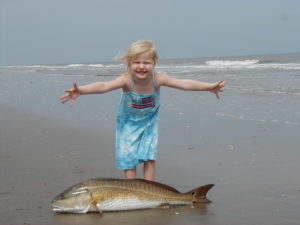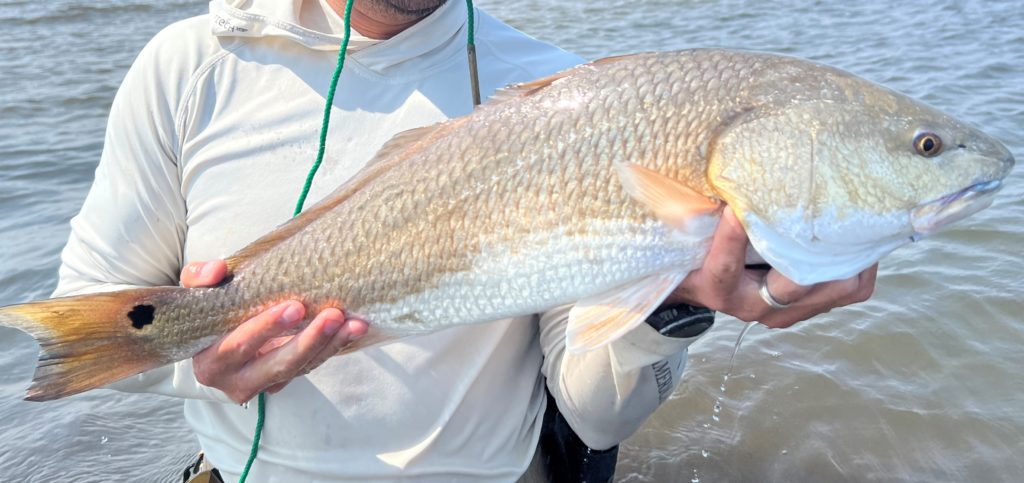If you’re following the observed declines in redfish populations, you may want to know that the proposed changes to recreational redfish harvest will receive oversight by the Legislature’s Joint Committees of Natural Resources on November 7 at 9:30am. What does this mean? They could be discussing why these proposed changes are necessary or talking about the effectiveness of the proposed change in the NOI or looking the options the Department originally proposed and preferring one of those. Legislators will be hearing testimony and public comments at this meeting. If the legislators do excercise their right in the rulemaking process to not accept these proposed changes in the NOI and provide guidance to the Commission about other changes, that means the Commission would restart a discussion about addressing declines in redfish based on this feedback. This could delay the process of regulatory response depending on the feedback. Something similar happened during the speckled trout rulemaking process that started back in 2021.
Want to learn more?
Good information on the documented decline in redfish population and recommendations:
Link to read the Notice of Intent (NOI) on proposed changes to Red Drum harvest:
NOI on Bag Limit, slot for Red Drum
At the Louisiana Wildlife and Fisheries Commission meeting on October 5, LDWF presented a summary of public comments made on proposed changes to Red Drum recreational harvest. You can listen to comments made on this starting at the 5:40:01 mark in the recording (it was a long meeting with lots of issues that also included alligators, bears, menhaden):
Commission Meeting on October 5
How You Can Participate in the Legislative Process for Rulemaking:
1. Attend the legislative joint committee meeting at the Capitol in Baton Rouge, to be held November 7 at 9:3am. You can make public comments to the legislators then. Details: Oversight Meeting Agenda
2. Send an email to your legislator or members of the House Committee on Natural Resources and Environment and the Senate Committe on Natural Resources. Let them know how you feel about redfish and your opinion on proposed changes.
House Natural Resources and Environment Committee
Senate Natural Resources Committee
LWF Supports Changes to Red Drum Harvest To Stop Declines
However this process plays out with feedback and decisions, LWF acknowledges the red drum stock is in decline and supports changes that will reduce overfishing and increase the escapement rate that are based in good science.
LWF supports the proposed changes to red drum adopted by the Wildlife and Fisheries Commission as follows: “modifying the daily size, bag, and possession limit for recreationally harvested red drum from a 16 inch minimum size limit and a 27 inch maximum size limit to an 18 inch minimum size limit total length and a 24 inch maximum size limit total length. Further modifications to the rule also prohibit the retention of any red drum above the maximum size limit of 24 inches total length and prohibits the retention of red drum by captain and crew on charter or headboats.”
But there were other good proposals made by the Department that achieved stabilizing the red drum population. Perhaps that’s where the discussion will go at the legislature. You can count on LWF to track and comment.
-Rebecca Triche, Executive Director
FYI – The Rule Making Process and Timeline:
The Commission’s adoption of a Notice of Intent (NOI) is the first of many steps in promulgating a final Rule, which can take between 90 days and one year. Once adopted, the NOI will be published in the State Register and begin the public comment period. The Commission will consider all public comments received and may make any changes they deem necessary or appropriate. Absent any amendments to the NOI by the Commission, the proposed Rule will be sent to the Legislative Oversight Committee for their review. (We are at this point in the process.) Upon expiration of the 30-day oversight period, or upon a favorable review by the Oversight Committee, the Rule can be published as final in the State.


